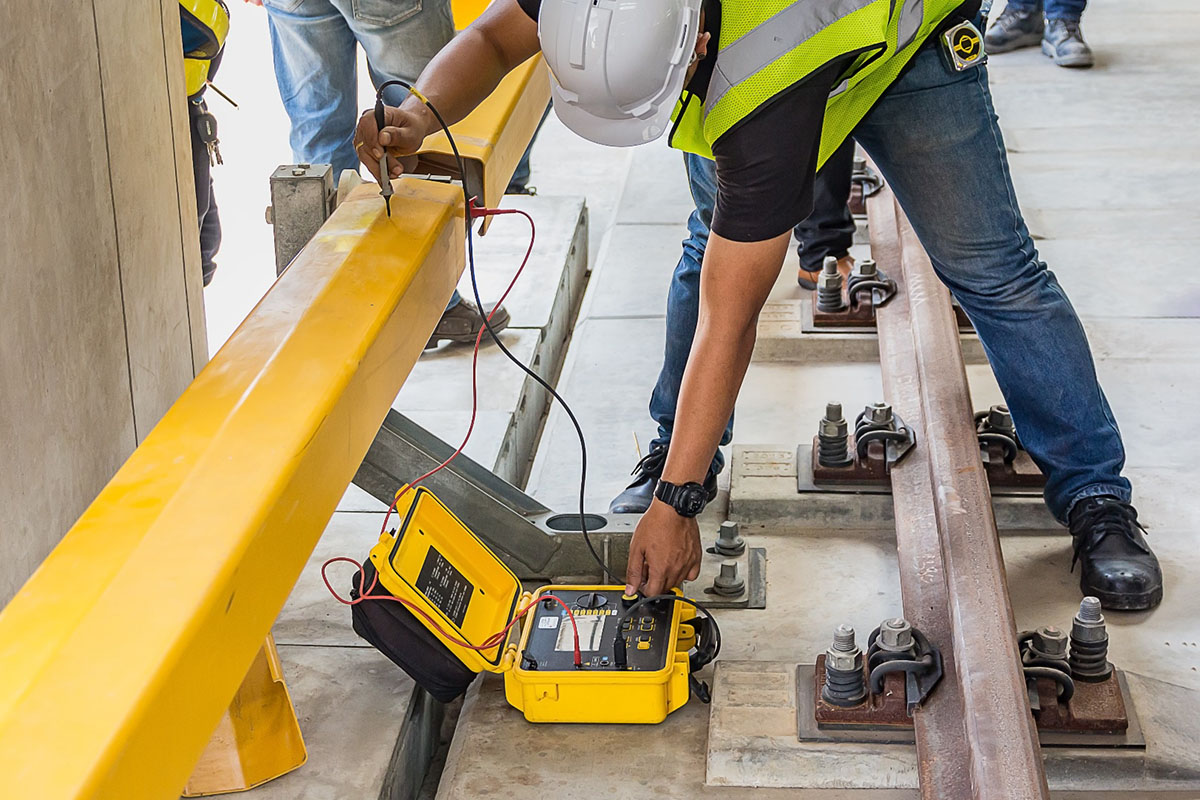Here, Marcel van Velthoven discusses how to bring digitisation for rail, and any other company that wants to improve their asset management
Why would such a traditional industry, like the Rail industry, worry about modern ‘digitisation’ technology? Why worry about a Digital Twin in the rail industry: A topic that we saw and will see again presented by many key players in the rail industry, during the conference “The Rise of IoT and Big Data in Rail”. This year will make it the third time that this conference is being held in Munich.
Unknown to many is how exactly the rail industry is one of the most modern industries in the world, already engaging in the use of cutting-edge technology. This is happening in two ways:
To improve customer service;
And to deal with the many challenges, including financial ones, that many rail organisations are navigating.
In many other industries there is a pre-existing attitude, we are already doing IoT and Big Data analysis. In the Rail Industry there is the awareness that IT, will make the difference for them to help solving with their challenges.
The Amosa Team is supporting many rail organisations around the world with creating the awareness; ‘what it takes’ to implement digitisation. With our background it is obvious that we do this with an asset management viewpoint in mind.
There is a clear similarity in that both asset management and digitisation are not projects but are a journey. The rail organisation should define their goal(s) in those two areas and the journey that it requires to achieve the destination. It will not be an immediate result and there will be more challenges than expected. However, the result will be a refreshingly modern organisation and as one of my customers said, it is not just asset management – it is defining the business model.
“Not until we are lost, do we begin to understand ourselves” – Henry David Thoreau.
Following up on defining your business model, one should implement an information strategy that identifies the needs of the organisation and more importantly, the process to define those needs. It is also key to keep this aligned with any changes that occur in the organisation. When you want to elevate your organisation into the digitalised realm, focus on improving asset and information management by remaining in this realm for a long time. After a period of longevity, your investments will bear the most fruit.
The change is not just buying and applying the technology, that change is accepting the role of asset management and digitisation as a key driver for your organisation. It is key to have well informed people across the organisation and making well informed decisions all the time by everyone – technology is simply the enabler.
The team needs to define what information they need and what the correlation is between the various data sources, which influence on the asset performance. With this in place, the organisation is able to start defining the right information strategy. This is an absolute must have before jumping on the Digitisation bandwagon.

Within Amosa, we understand the journey and we help to assess our rail customers. Both the Infrastructure and Rolling Stock departments help to understand where they are and what a logical next step should be. We help to define what the results for rail organisations are, in both financial benefits and operational improvements. We also demonstrate what the effects are on the Health Safety and environmental requirements.
Our maturity model, which can be filled out by a rail organisation, is aligned with the UIC’s Asset Management Performance management model. This model helps your organisation to realistically define the next step. Wait to make an investment, until you have from an organisational point of view, defined the destination and the route to get there. This prevents negative surprises and disinvestments along the way, whilst it helps to achieve more than expected results, higher customer satisfaction and a better Asset performance. This creates a more predictable outcome of the services that the organisation delivers, the Asset Life and a realistic view on the type of investments necessary to optimise performance, minimise risk and minimise cost.
This closes the loop and demonstrates how digitisation enables the right asset management practice to be delivered. In the next article, we will give a few real cases studies: One for Infra and one for Rolling Stock customers, with resultant challenges and real-world results from our customers.
If you want more information, please contact us at: info@amosa-group.com
Please note: This is a commercial profile












